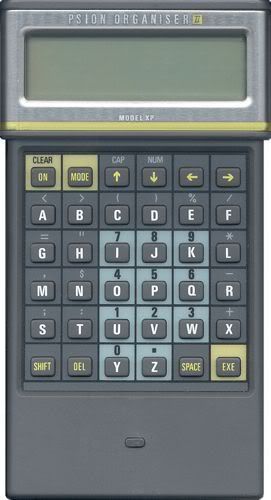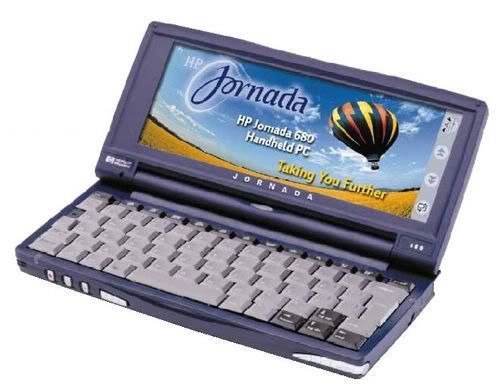Let's start a new thread for discussion of mobile internet devices (MID). Overland travelers should be interested in MID because they provide communication and navigation capabilities in a package that's more portable than a laptop.
This class of computer is smaller and lighter than netbook computers, and they often have a shape (form factor) that's different from traditional laptops. Four and five inch screens (measured diagonally) are common, with 7 inch models becoming popular. MID places a premium on portability, so they almost always fit in your pocket (well, jacket pocket at least!).
Another way that MID differ from netbooks is their cost. While $300 netbooks are easy to find, MID tend to cost more. Common price points are $699 and $899.
One type of MID is the Ultra-mobile PC. UMPCs run a general purpose operating system like Windows, OS X or Linux, and they allow the user to load and run programs from third party vendors. UMPCs generally have a keyboard for input, and many have touch screen capability. Examples of UMPC include the Sony Vaio P, OQO Model 2, and mini-laptops from Kohjinsha and Fujitsu. Microsoft created a reference design for UMPC, with a 7 inch touchscreen and no keyboard. Asus R50A and Samsung Q1 are examples of that design.
Mobile internet devices often run proprietary operating systems, or unusual general purpose OS like Android, Maemo, Symbian or Moblin. Applications are limited to those provided by the manufacturer, or a small number of third parties. MIDs usually are smaller than UMPCs, and almost always have a touchscreen. Some have an abbreviated keyboard.
Smart phones that include internet browsing capability are MIDs. But not all MIDs are smart phones. Examples of MID include the UMID M1 Mbook, Viliv S5, Nokia N810, and Gigabyte M528, plus smart phones like the RIM Blackberry.
And then there are devices that have characteristics of both MID and UMPC. The Apple iPhone is one that fits in both categories. It's small like a MID, but it runs a version of OS X and has a very wide selection of third party software. The new Palm PRE is another. Its WebOS is an open environment, and development by third parties is encouraged.
There will be lots of interesting new mobile internet devices released in the coming months. Let's use this thread to keep track of them, and how they can be useful to overland travelers.
Chip Haven
This class of computer is smaller and lighter than netbook computers, and they often have a shape (form factor) that's different from traditional laptops. Four and five inch screens (measured diagonally) are common, with 7 inch models becoming popular. MID places a premium on portability, so they almost always fit in your pocket (well, jacket pocket at least!).
Another way that MID differ from netbooks is their cost. While $300 netbooks are easy to find, MID tend to cost more. Common price points are $699 and $899.
One type of MID is the Ultra-mobile PC. UMPCs run a general purpose operating system like Windows, OS X or Linux, and they allow the user to load and run programs from third party vendors. UMPCs generally have a keyboard for input, and many have touch screen capability. Examples of UMPC include the Sony Vaio P, OQO Model 2, and mini-laptops from Kohjinsha and Fujitsu. Microsoft created a reference design for UMPC, with a 7 inch touchscreen and no keyboard. Asus R50A and Samsung Q1 are examples of that design.
Mobile internet devices often run proprietary operating systems, or unusual general purpose OS like Android, Maemo, Symbian or Moblin. Applications are limited to those provided by the manufacturer, or a small number of third parties. MIDs usually are smaller than UMPCs, and almost always have a touchscreen. Some have an abbreviated keyboard.
Smart phones that include internet browsing capability are MIDs. But not all MIDs are smart phones. Examples of MID include the UMID M1 Mbook, Viliv S5, Nokia N810, and Gigabyte M528, plus smart phones like the RIM Blackberry.
And then there are devices that have characteristics of both MID and UMPC. The Apple iPhone is one that fits in both categories. It's small like a MID, but it runs a version of OS X and has a very wide selection of third party software. The new Palm PRE is another. Its WebOS is an open environment, and development by third parties is encouraged.
There will be lots of interesting new mobile internet devices released in the coming months. Let's use this thread to keep track of them, and how they can be useful to overland travelers.
Chip Haven



























